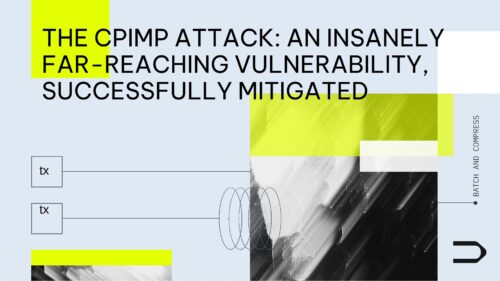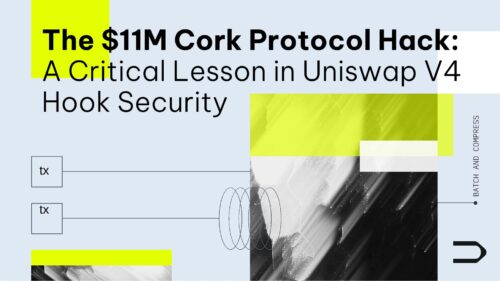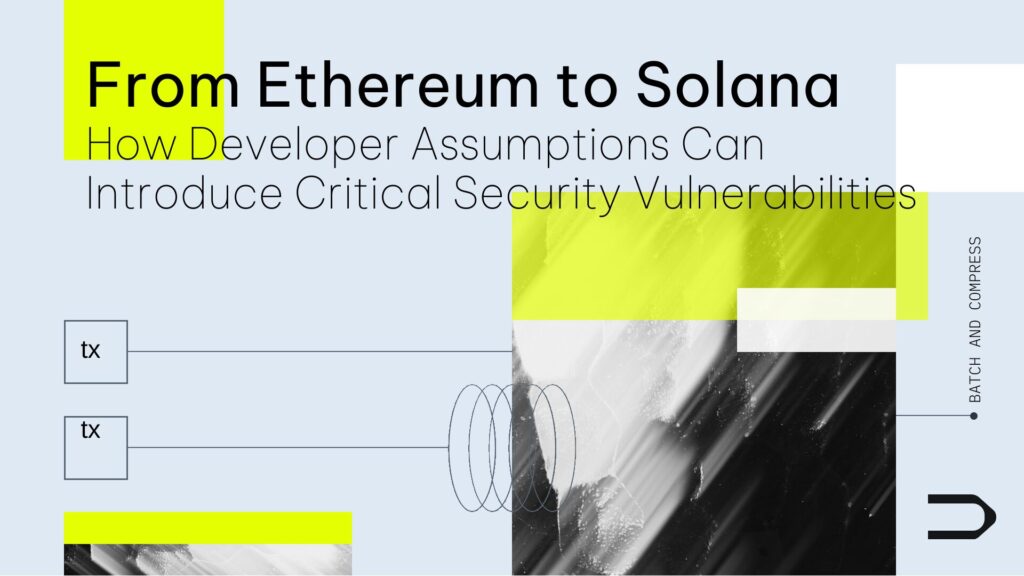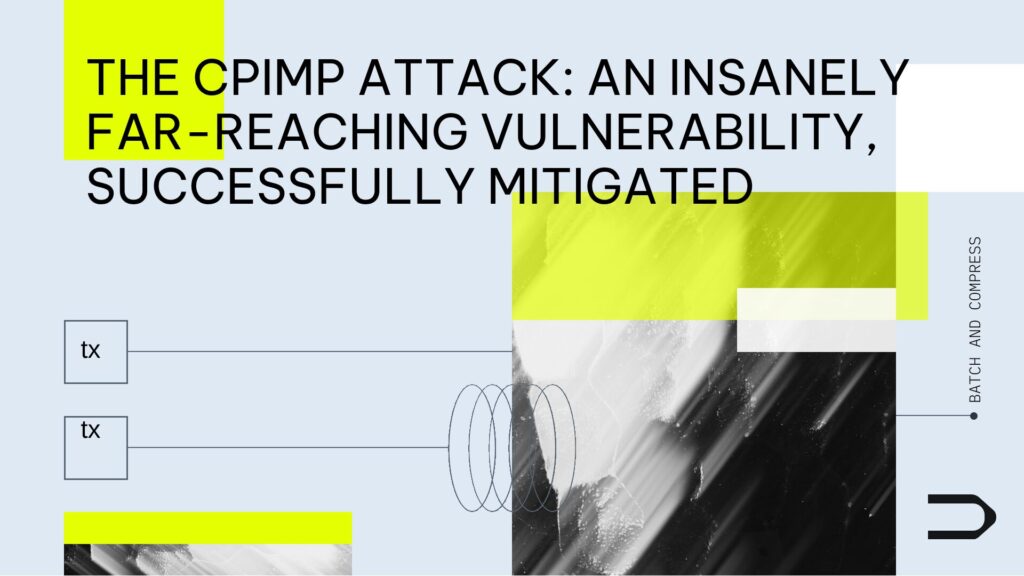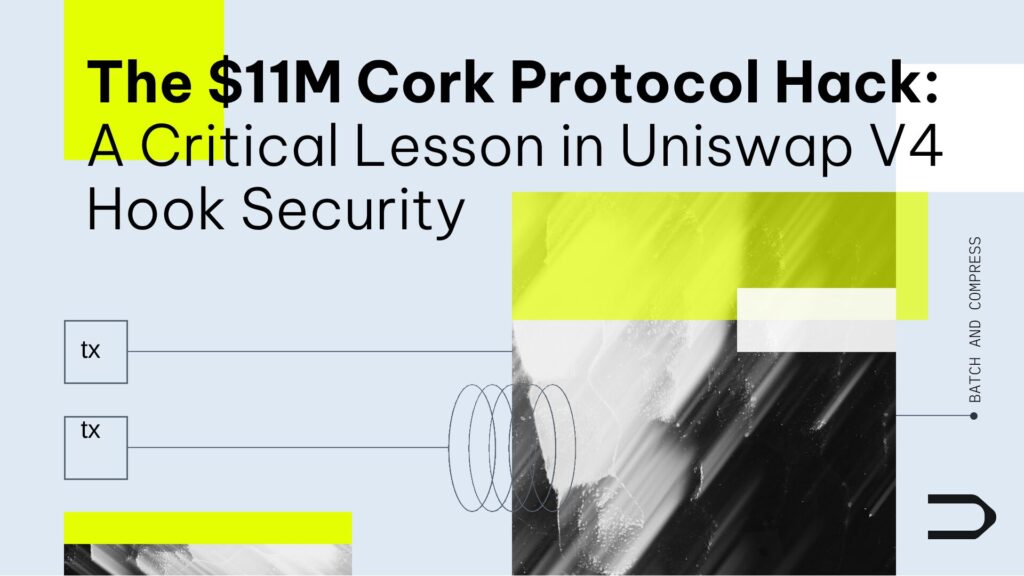Mass Disclosure of Griefing Vulnerabilities
This week, with the help of @drdr_zz and @wh01s7 of SecuRing, we tackled a backlog of warnings from the Dedaub Watchdog tool, notifying around 100 holders of vulnerable accounts, with some $80M in funds exposed. (@_trvalentine had earlier produced proof-of-concept code to demonstrate that the attack is valid.)
The warnings concern griefing vulnerabilities: cases where an attacker can move the victim’s funds to a contract, but this does not confer the attacker any direct benefit - only makes life harder for the victim, up to possible loss of funds.
Although there’s not much technically novel in the vulnerabilities themselves, we decided to write this report to describe the events and the mass-disclosure method, via etherscan chat messages.
A Word of Introduction
The Dedaub Watchdog tool (built over our public contract-library.com infrastructure) continuously analyzes all deployed contracts on Ethereum. It implements some-80 different analyses and combines warnings over the code with the current state of the chain. (E.g., balances, storage contents, approvals.) It is our main workhorse for discovering vulnerabilities - in the past year, we have disclosed several high-impact vulnerabilities with exposure in the billions and received 9 bug bounties totaling ~$3M. (Bounties by DeFi Saver, Dinngo/Furucombo, Primitive, Armor, Vesper, BT Finance, Harvest, Multichain/Anyswap, Rari/Tribe DAO.)
The griefing vulnerabilities of this report are a bit below this bar: they typically represent simple, direct oversight, which could be lethal, but thankfully the attacker can’t gain much by exploiting it. It’s the kind of vulnerability that we might typically silently report and forget about it.
In this case, however, the number of potential victim accounts started mounting. We had a list of 18 vulnerable contracts that exposed atransferFrom(from any victim) to untrusted callers, while holding approvals for high-value tokens from many hundreds of victims. When we actually ran the query to cross-reference vulnerable contracts with the victims that had approved them AND had balances in the exposed token, we were stunned to find 564 threatened accounts, with a total amount of funds at risk at $80M, including one account with $76M exposed!
Griefing Vulnerability
There were 2-3 different vulnerable code patterns, but the main one is quite simple. It allows transferring the victims’s funds to a bridge contract using a function callable by anyone.

How serious this is depends on the bridge protocol’s specifics. In the best case, it is just messy: a human needs to be involved, verify that the victim’s funds were indeed transferred inadvertently and are still at the bridge, and authorize a transaction to return the funds to the victim. In the worst case, the funds remain stuck forever. Also, such vulnerability greatly increases the griefing attack surface: the bridge contract may itself be vulnerable.
Responsible Disclosure
We contacted the main bridge protocol with vulnerable contracts, but the contract was in active use. The right course of action would be to also contact potential victims directly, especially those with current exposure (i.e., combination of balance and approval over the same token).
We had a list of 564 addresses in front of us. But we did not know the identity of the account owners.
The best-practices playbook in this case seems to be:
Check if the address is the owner of an ENS domain and if there is a contact there.
In the case of addresses with significant funds, direct contact with projects (i.e., the protocol with the vulnerable contract) which very often know the identity of their largest clients/holders.
Use the etherscan chat feature.
Another standard concern when notifying victims is that each victim, after securing their own funds, could become a potential attacker. After discussion, we considered this risk to be small. We lowered it to a minimum by starting with the addresses with the most funds (thus reducing the potential reward / satisfaction of the attacker).
The plan was as follows:
Manually verify and try to establish the identity of the addresses with the most funds through the ENS or through the official channel of communication with project teams in which they have a large share.
Automated notification of holders at risk using the etherscan chat.
Manual verification turned out to be relatively simple. The address with $76M threatened was the 3rd largest holder in the XCAD Network project. @drdr_zz spoke directly to the CEO via the official channel and after only 45 minutes, the funds were safu again.
However, there were still a lot of addresses, the identities of which were unknown. Even with the etherscan chat feature, it would be very time-consuming to write to each holder separately. As far as we know, etherscan chat does not currently offer a simple API that we can hook to. However, after a little research, we determined that it works over a websockets connection.
The mechanism is as follows:
A wallet owner connects her wallet (e.g., via Metamask) to the Chat application.
The application assigns a valid session cookie to the user and a temporal token to authenticate the WebSocket connection.
A WebSocket connection is opened using the cookie and the token is sent to the server.
The user can now send chat messages via WebSocket.
We wrote a script to automate the whole process and 98 messages were sent to inform users that had over $1k exposed:
![][15]
The message sent was:
Hello,
I’m a security researcher (from SecuRing, collaborating with Dedaub) and I’m writing to let you know that your account has exposed funds to contract ADDRESS, for token “TOKEN”.
Any attacker can call a function on this contract that will cause it to transferFrom your funds to the contract. The attacker does not stand to gain from this, so the risk is perhaps not critical.
However, it is a threat, and you may have significant trouble getting your funds back if it happens.
We strongly recommend removing approvals to contract ADDRESS for the “TOKEN” token. You can use the etherscan tool to do so, or any other trusted approval remover.
(This threat was automatically identified using Dedaub’s Watchdog analysis, but the threat was confirmed manually with a proof-of-concept implementation.)
Thank you.
After half a day, we started getting back “thank you” messages.
Lessons learned
The etherscan chat feature is a great tool for direct contact with unknown account holders. But the response time may be unsatisfactory since the holder needs to poll their account page on etherscan, and the chat feature is not too widely known and used.
Token approvals of this form are arguably more of a UI problem than a smart contract problem, which is why it is important to be aware of standing approvals as an account holder (just as it is to verify transactions before signing them).
It was a pleasure to have this collaboration between Dedaub and SecuRing, and hopefully we helped improve Ethereum security a bit.

